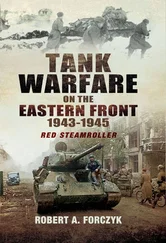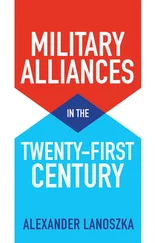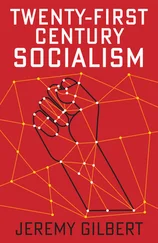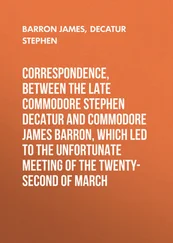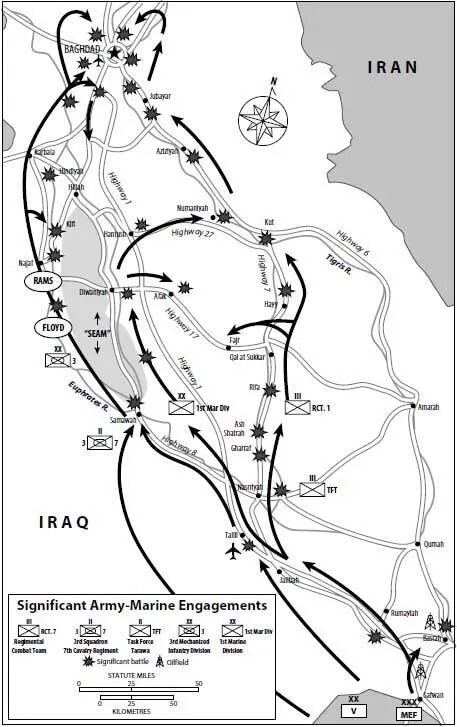
Map 2.2: The Iraq War, 2003
Source: Reproduced with permission from Michael R. Gordon and Bernard E. Trainor, Cobra II: The Inside Story of the Invasion and Occupation of Iraq (Pantheon, 2006), xviii.
Because the 1991 Gulf War was fought in Kuwait and southern Iraq, which are deserts, the lack of urban fighting has always been taken as self-evident. In fact, it was actually a rather striking fact. Indeed, on the basis of demography alone, significant urban fighting might have been expected. After all, in 1991, Kuwait was not without towns or cities. On the contrary, Kuwait’s coastline was heavily urbanized: Kuwait City had a population of 1.5 million surrounded by a series of suburban towns, such as Mangaf, Abu’Fteira and Al Jafrah. It might be thought that urban warfare would have been inevitable in this war, especially since Kuwait City, located only a hundred miles from the front line on the Saudi border, was the ultimate coalition objective. Yet, the only urban battle – a small engagement – took place in Khafji, in Saudi Arabia, when Iraqi forces raided across the border before the major ground operations began. 56
At this point, the insufficiency of the demographic argument becomes clear. While both Kuwait in 1991 and Iraq in 2003 had significant urban areas, there was one very obvious difference between the two campaigns: force size. In 1991, opposing forces were radically bigger than in 2003. For Operation Desert Storm, the US deployed 700,000 personnel as part of a multinational coalition of more than 900,000. The coalition ground force comprised 500,000 soldiers in sixteen divisions; the US Army and Marine Corps fielded 334,000 troops in almost ten divisions. 57Iraq eventually mobilized 1,100,000 soldiers, deploying forty-three divisions, approximately 336,000 troops, to Kuwait and southern Iraq. 58The 11th Iraqi Division defended Kuwait City, but the rest of Saddam’s army was positioned along the border of Kuwait and Iraq to form a front of about 350 miles. Combat densities were very high, therefore.
Saddam’s deployment requires some explanation. A number of factors influenced him. Naturally, he wanted to defend not just Kuwait City but Kuwait in its entirety. This could only be accomplished by positioning his forces on the border. In addition, following his experiences in the Iran–Iraq War, he presumed that his forces would be best able to stop the US-led coalition in the desert, where they could bring their full combat power to bear. Indeed, he boasted that his deployment would generate ‘the mother of all battles’. 59Of course, Saddam disastrously underestimated coalition airpower. Nevertheless, as a result of the large forces involved and their subsequent deployment along a front, ‘the battles and engagements of the first Gulf War were set-piece battles, reflective of World War II European combat’. 60The most famous encounters, the battles of 73 Easting and Objective Norfolk, for instance, occurred in the desert miles from any human settlement (see Map 2.3).

Map 2.3: The Gulf War, 1991
Source: Courtesy of The Map Archive.
It would be wrong to reduce the Gulf War or the invasion of Iraq to force size alone. Nevertheless, when compared with each other, it is possible to see the limitations of the demographic argument. Above all, it becomes apparent that force sizes played a significant role in generating their respective geometries. In 2003, Iraqi and American forces engaged in a few brief, one-sided encounter battles in the field, but the war was relatively heavily urbanized. Because neither side had sufficient combat forces to form major fronts in 2003, Iraqi and American forces converged on decisive operational locations: roads, bridges and other transportation nodes. These decisive points were typically located in urban areas which, then, became the foci of combat. By contrast, in 1991, even though there was significant demographic potential for urban combat in Kuwait City and its suburbs, the armies fought each other exclusively in the open desert, very substantially because of their mass. The 2003 invasion and the Gulf War seem to confirm Duffy’s thesis; as armies contract, urban warfare becomes more prevalent.
Although great care needs to be taken, it may be useful to consider the 1991 Gulf War counterfactually in order to affirm this thesis. How might it have been fought if the US-led coalition and Saddam Hussein had had the forces available in 2003? If Saddam Hussein had defended Kuwait in 1991 with four divisions and some Fedayeen fighters, and the coalition had attacked with only five divisions, it seems probable that the campaign geometries would have been very different. In particular, the lineal defence Saddam actually adopted for Desert Storm along the Kuwait border would have made no sense. The five coalition attack divisions would have easily bypassed their positions on the border and driven straight on to Kuwait City. Consequently, the classic tank battles of that war might not have occurred at all. Rather, with only 112,000 troops, it seems more probable that Saddam Hussein would have been compelled to draw his forces back to Kuwait City, creating a defensive ring around that city or even inside it. Under air bombardment and ground attack, Iraqi forces might have been driven deep into urban areas. Fought with 2003 combat ratios, the mother of all battles is more likely to have taken place in and around Kuwait City, rather than in the desert. In this scenario, the Gulf War would have been an urbanized war – not primarily because of the demographics – but because of the force numbers.
Russia’s war in the Donbas seems to confirm the evidence from the Iraq invasion and the Gulf War. There, force size seems to have played a significant role in defining the campaign, although precise figures are difficult to confirm. Like Saddam and the US in 2003, Russia deployed a relatively small force into the Donbas in 2014. An estimated 10,000 Russian troops augmented a local force of some 45,000. 61The summer and winter campaign of 2015–16 subsequently involved about 36,000 Russian, Donetsk People’s Army and Luhansk People’s Army troops. 62The Ukrainian regime deployed a similarly sized force of about 64,000 troops. There were probably just over 100,000 combatants operating in a theatre of 15,000 square miles. After the initial battles, the fighting descended into low-grade cross-border skirmishes along a lightly held, 300-mile, militarized frontier, the ‘grey zone’. 63However, the major battles between the Ukrainian Army and the separatist forces in 2014 and 2016 all concentrated around Luhansk and, especially, Donetsk. Indeed, some of the heaviest fighting occurred around Debal’tseve, Avdiivka, and Pisky. Some of the towns which have been the scene of battles have been quite large; Horlivka has a population of 257,000. However, most of the others are much smaller; Ilovaisk has 15,600 inhabitants, Debal’tseve 25,000, Avdiivka 35,000, and Pisky 2,000. Demographics does not seem to be the prime driver in the Donbas; it is not a heavily urbanized area. Rather, in each case, the Ukrainian and separatist forces have tried to seize – or hold – key industrial or transport nodes inside cities and towns. Reduced Ukrainian and Russian-backed separatist forces have converged on these urban locations because they were operationally important, and because neither was large enough to form a front around them.
Читать дальше



